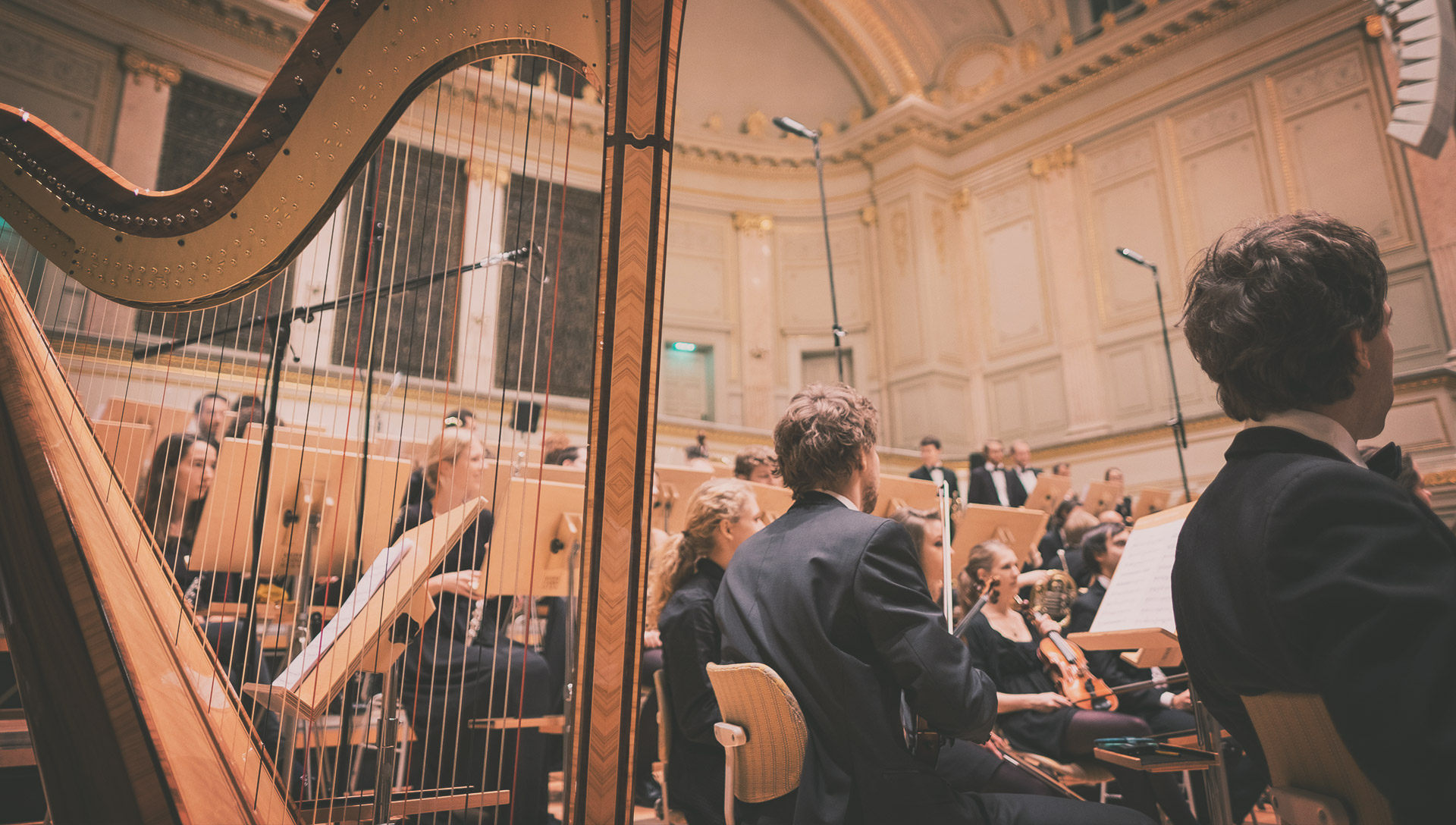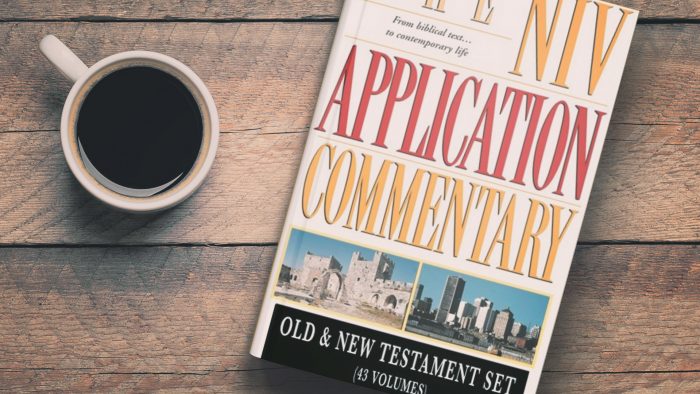Psalm 150 talks about praising God with many different kinds of instruments that you may or may not find in your own church. The NIV Application Commentary offers fantastic background to the meaning of instruments in Psalms. Read the excerpt below to learn for yourself!
3 Praise him with the sounding of the trumpet,
praise him with the harp and lyre,
4 praise him with timbrel and dancing,
praise him with the strings and pipe,
5 praise him with the clash of cymbals,
praise him with resounding cymbals.—Psalm 150:3-5
OFFER PRAISE TO THE DIVINE KING
In verses 3–5 the psalmist declares that the praise of God as the great King begins in the context of celebratory worship. Even though the instruments listed in these verses were used in temple worship, their purpose has likely been expanded in Psalm 150.
As suggested below, the language and imagery used in these verses allude to “everything the biblical tradition knows about celebrating the appearance and majesty of a king, or a god-king.”
Thus verses 3–5 do not comprise simply a call to make music before God; instead, they suggest that celebratory music and dancing are demonstrable evidences of the people’s confession concerning the kingship of Yahweh.
INSTRUMENTS IN PSALMS: THE TRUMPET
The Hebrew term for “trumpet” is shofar, a term that makes its way into the English vocabulary as well (“shofar”). Rather than being a polished brass instrument, the shofar is the horn of an animal and lacks any type of mouthpiece. Because the shofar lacks a mouthpiece to govern sound, it is not designed to serve as a melodic instrument.
Instead, in the Old Testament world the shofar was simply blown to signal that certain events were impending, including war (Josh 6:4–20; Judg 3:27) and festal events such as the Day of Atonement (Lev 25:9).
In Exodus 19 the shofar is sounded at Sinai to signal to the people the coming presence of Yahweh. In other words, the shofar served as “the acoustic signal of the theophany” of Yahweh, the Divine King. Similarly, the shofar was used as a signal to announce God’s royal rule (Pss 47:6; 98:6).
INSTRUMENTS IN PSALMS: THE HARP AND LYRE
Both terms refer to stringed instruments, although the word for “harp,” nebal, is more difficult to identify with precision. It is possible that nebal simply refers to a different type of lyre (a standing lyre versus a hand lyre).
The books of Chronicles explain that the harp and lyre were the instruments played by the Levites for temple music (cf. 1 Chr 15:16).
In addition to making music, these instruments were understood to have something of a “numinous effect.” The playing of the harp and lyre drove the evil spirit out of Saul (1 Sam 19:9–10), and according to 2 Chronicles 5, the harp and lyre were played prior to the arrival of the glory of Yahweh.
INSTRUMENTS IN PSALMS: TIMBREL AND DANCING
As noted in the commentary on Psalm 149, dancing and the playing of the timbrel can function in a proleptic, anticipatory sense.
In Psalms 96 and 98 the making of music and dancing signaled “the inbreaking of the universal royal reign” of Yahweh. Both psalms declare that Yahweh will judge the peoples of the earth and, in doing so, will restore the world to its right order under the reign of God.
As similarly in Psalm 149, the call to dance and make music in Psalm 150 functions proleptically. The psalmist invites “everything that has breath” to sing and dance before the Divine King in praise of who he is and in anticipation of what he will do.
INSTRUMENTS IN PSALMS: CLASH OF CYMBALS
Verse 5 mentions cymbals (tseltselim) twice: “clash of cymbals” and “resounding cymbals.” The Hebrew could also be translated as “cymbals of sound [shema]” and “cymbals of a loud blast [teru‘ah].”
While the translation provided by the NIV attempts to be descriptive of their sounds, the alternative translation provided here attempts to capture their purpose. The word teru‘ah, “loud blast,” has a considerable range of meaning, but included in that range is reference to a war cry that would have been shouted prior to battle. Such a cry would have accompanied the blowing of the shofar (cf. Zeph 1:16). Elsewhere the loud “blast” or shout was used in cultic settings (Lev 23:9) to announce the great feast.
Additionally, the “shout” was lifted up in celebration of the coming of the Divine King (Pss 47:5; 81:2; 95:1).
Thus, as John Goldingay explains, the first reference to cymbals (“cymbals of sound”) was meant to encourage “the people to listen to what is about to happen,” and the second reference (“cymbals of a loud blast”) tells them that it is “time to shout in acclamation.” Understood in this way, verse 5 does not imply the loud, frenetic clanging of cymbals, as might first be imagined, but instead may reflect the liturgical use of musical instruments to guide the people toward anticipatory worship and unfettered praise of their God.





0 Comments